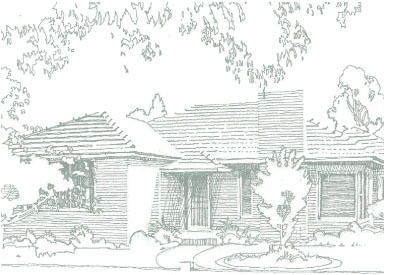
OUTSIDE: > incorporation of carport or garage into house and increasing use of double garages, often with painted doors > minimal use of decorative flourishes; often expressed in mass produced elements such as brick / stone feature walls or chimneys, wrought iron porch posts / railings and wire mesh doors > emergence of brick veneer replacing double brick > chimneys still common |
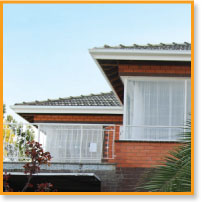
|
GARDEN: > low fences and neat, ordered gardens > emphasis on lawn with deciduous trees and shrub beds > use of decorative elements such as figurines, tyre-swans, sculpted plants and hedges > wide front yards covered mostly by trimmed lawns with wheel strips in the driveway and a narrow perimeter garden > standard and hybrid roses feature |
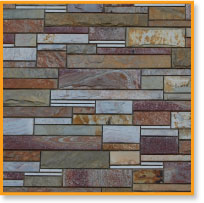
|
INSIDE: > kitchen design reflects increasing use of domestic appliances > kitchens feature melamine bench tops > generous use of windows, including window-walls > interior lining boards of mass produced sheet materials > linoleum and rubber floor coverings in kitchens |
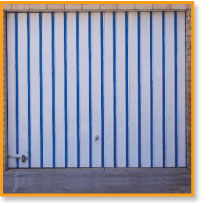
|
COLOUR & DESIGN NOTES: > colour schemes of whites, off whites and creams with brightly painted feature walls > timber weatherboards often painted in pale creams and ivory > bold uses of colour often eclectically applied
|
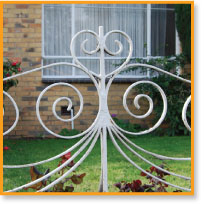
|
EXTERIOR COLOURS: |
||||
Pale Blue |
Off White |
Canary Yellow |
Signal Red |
|
DETAIL COLOURS: |
||||
Rose Pink |
Parchment |
Royal Blue |
Golden Tan |
|
HISTORY: > acute shortage of building skills, materials and equipment following World War Two > revival of domestic architecture follows Post-war baby boom and immigration > brick veneer and cement tiles archetypal of era > 1947 Royal Victorian Institute of Architects and The Age introduce Small Homes Service > most houses from the 1950s designed by building companies not architects e.g. AV Jennings |
